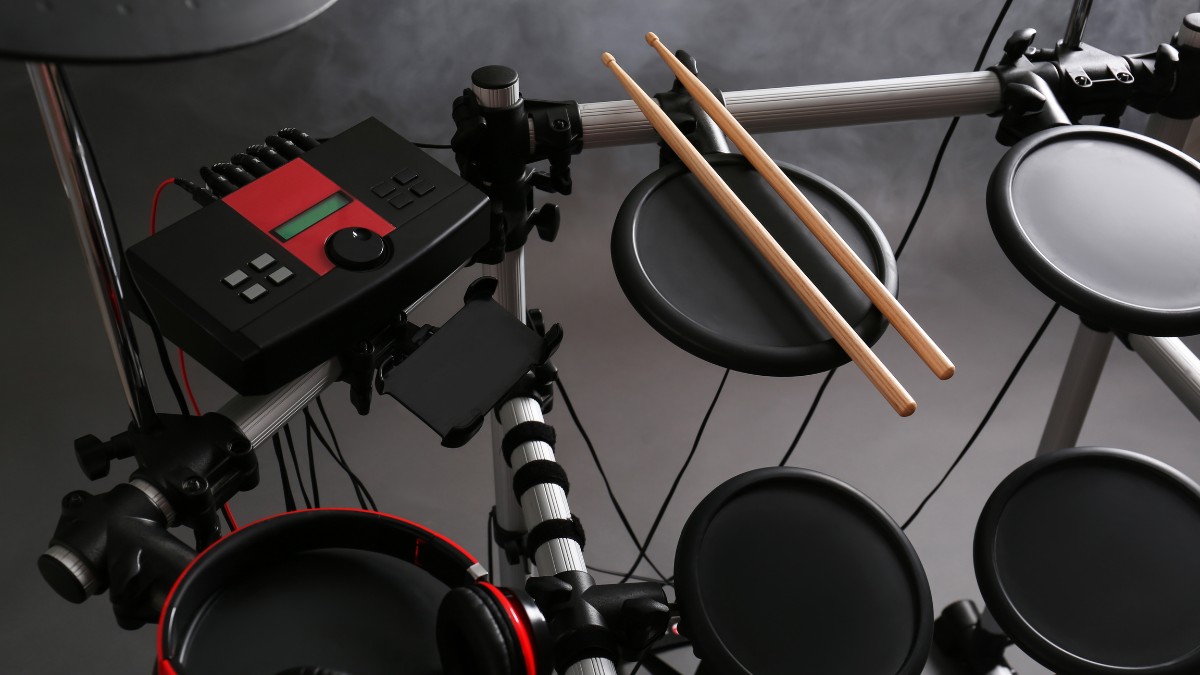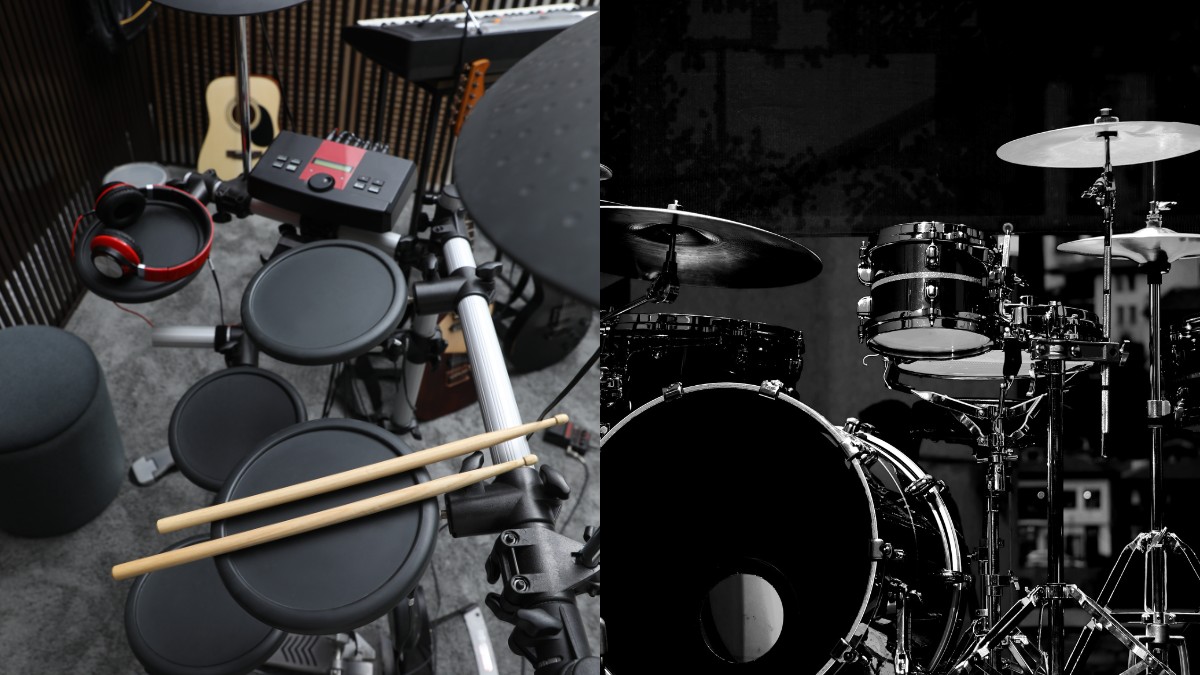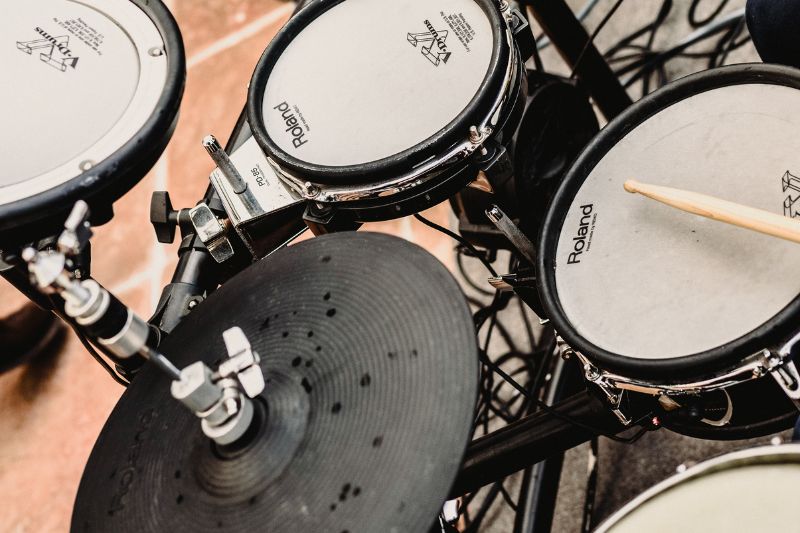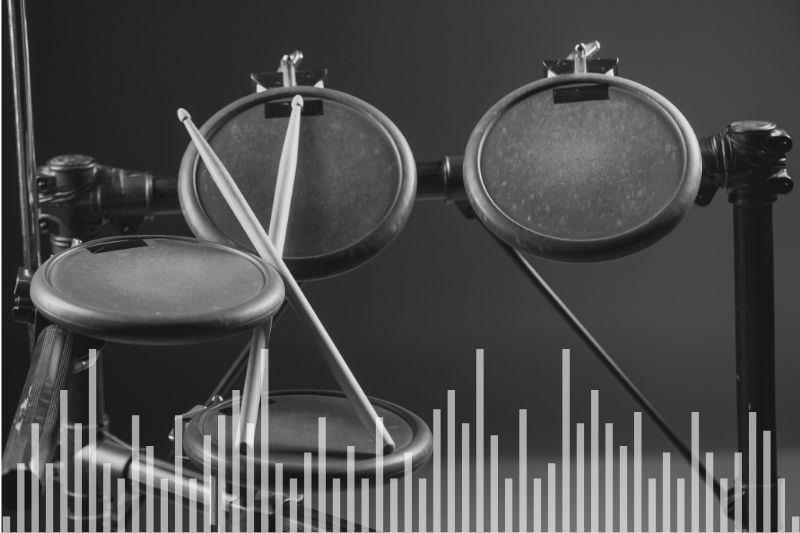Buying a Used Electronic Drum Kit – The Pros and Cons
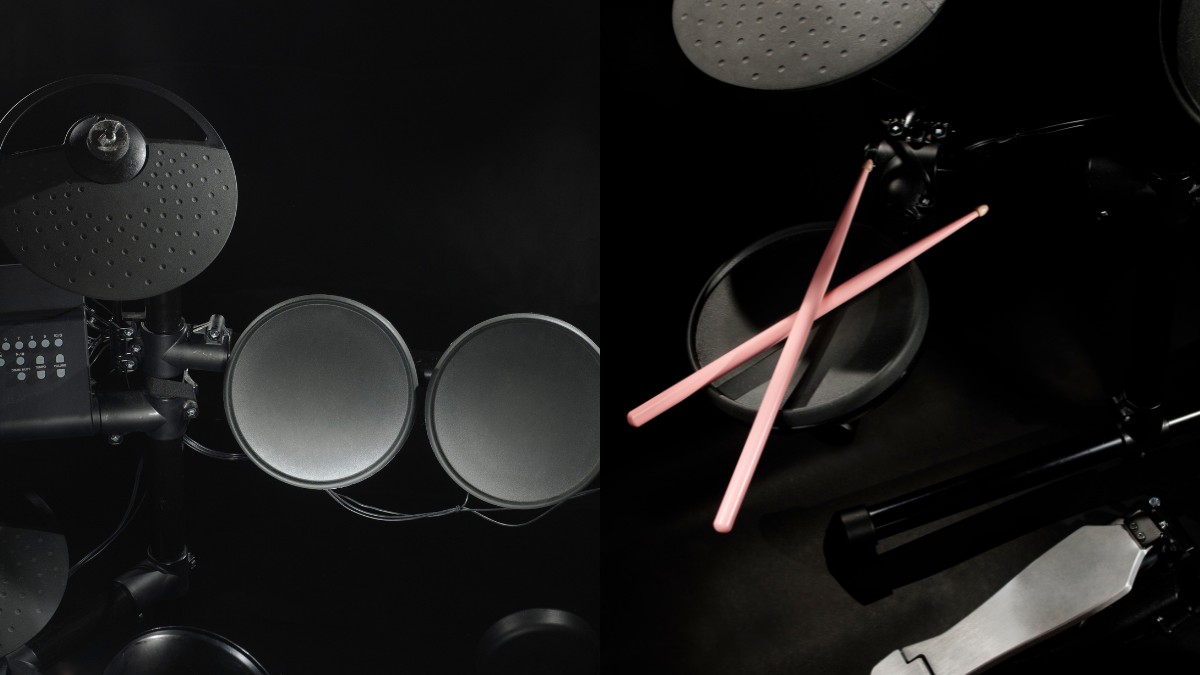
Buying a used kit can save you money and give you a great deal on a high-quality kit, while new kits come with warranties and the latest features. Just be sure to thoroughly inspect and factor in any necessary repairs or upgrades when deciding to buy a used kit and to buy from a reputable seller.
Buying a brand new kit is generally a good idea since it’s packed with the latest features, has warranty and support, and you can get the exact model you’re looking for. But for the budget-minded musician, going the used route is a smart move.
Properly choosing the right second-hand kit may present a challenge.
A good move would be to go for a high-end previous gen model from a well-known and established brand rather than going for a new but entry-level model since the higher-end kit is packed with more features and you can still get parts and upgrades for it.
Going this route can really lighten the burden on your wallet, as well as give you access to some great but discontinued models.
In this article, I will give you tips and tricks on how you can get the best bang for your buck when you decide to go for a used kit.
Contents
The Best Approach for Buying a Used Electronic Drum Kit
- Research the market
- Inspect the kit thoroughly
- Ask about the kit’s history
- Consider potential additional costs
- Be wary of scams
- Test the set before buying
- Check for compatibility
- Consider the warranty
1. The Advantages of Buying a Used Electronic Drum Kit
Cost savings
One of the main reasons people consider buying a used electronic drum kit is the potential for significant cost savings.
- Potentially far lower cost: It’s generally far cheaper to buy used e-drums, though some brands tend to hold their value more than others.
- Opportunity to buy higher-quality equipment: Buying used can allow you to afford a higher-end drum kit that may have been out of your price range if purchased new.
- More budget for additional accessories or upgrades: With the money saved on the initial purchase, you may have more money available to invest in extra accessories, such as cymbals, pedals, or software. For more info about possible upgrades in the future, you can check out our articles on electronic cymbals and electronic kick pedals.
- It’s also better for the environment!
2. The Disadvantages of Buying a Used Electronic Drum Kit
Potential for wear and tear
Used electronic drum kits may have been heavily used, which can result in wear and tear on components.
- Pads may be broken or heavily worn.
- Reduced lifespan: A heavily used drum kit may have a shorter lifespan compared to a new kit, potentially requiring replacement sooner.
- Possible need for repairs or replacement parts: Wear and tear on components may need repairs or replacement parts, adding to the overall cost of the kit.
- Potential for decreased performance: Worn components can lead to decreased performance, such as uneven triggering or reduced responsiveness. However, this will usually be less of a problem for kits with great build quality.
Lack of warranty
If you buy a used e-drum kit, it might not come with a warranty from the manufacturer. This means that if something goes wrong, you might have to pay for any repairs yourself. Plus, you won’t be able to return it if you’re not happy with it.
Limited selection
If you’re looking to buy a used drum kit instead of a new one, you might not have as many options when it comes to different models and features. This could make it harder to find the exact features you’re looking for, and you might have to settle for something that isn’t exactly what you wanted.
3. Tips for Buying a Used Electronic Drum Kit
Research the market
Familiarize yourself with the various brands, models, and features available in electronic drum kits.
- Compare prices and specifications: Look at different used drum kits to determine the average price and specifications for the models you are interested in.
- Read reviews and testimonials: Online reviews and testimonials can provide valuable insight into the performance and reliability of specific drum kits.
- Consult with experienced drummers for advice: Speak with other drummers who have experience with electronic drum kits to gain their perspectives and recommendations.
If you don’t know where to start researching or are not sure which model to get yet, then we have an article about the best electronic drum sets which is a great place to start!
Inspect the kit thoroughly
Before purchasing a used electronic drum kit, carefully inspect it for any signs of wear, damage, or malfunction.
- Check pads for responsiveness and even triggering: Test each pad to ensure it triggers consistently and responds accurately to your playing.
- Test all connections and cables: Ensure all cables and connections are in good working order and free from damage.
- Ensure all components are included and functioning: Verify that all necessary components, such as drum pads, cymbals, and hardware, are included and in working condition.
Ask about the kit’s history
Gather as much information as possible about the drum kit’s previous use and care.
- Ask about the age of the kit: Knowing the age of the drum kit can help you assess its potential lifespan and value.
- Ask about any repairs or modifications: Understanding any previous repairs or modifications can provide insight into the kit’s condition and potential future issues.
- Ask if the kit was used for personal or professional use: A drum kit used primarily for personal practice may have experienced less wear and tear than one used for gigging and pro use.
Consider potential additional costs
When budgeting for a used electronic drum kit, factor in any potential expenses for repairs, replacements, or upgrades.
- Replacement parts or components: Be prepared to invest in replacement parts or components if necessary, such as new drum pads or cymbals. If you find yourself in a situation where you maybe need to replace a module, cymbal, or drum, then check out our previous articles!
- Professional setup or tuning: You may need to budget for professional setup or tuning to optimize the performance of your used drum kit.
- Additional accessories or software: Consider any additional accessories or software you may need to purchase to enhance your playing experience. We have an article about some drum accessories you might need, consider giving it a read!
Conclusion
By carefully considering the pros and cons of snagging a second-hand electronic drum kit, you can pick the best option that fits your needs, tastes, and wallet. With a little digging and examining, you can score a top-notch used drum kit that will keep you jamming and unleashing your creativity for years to come!

